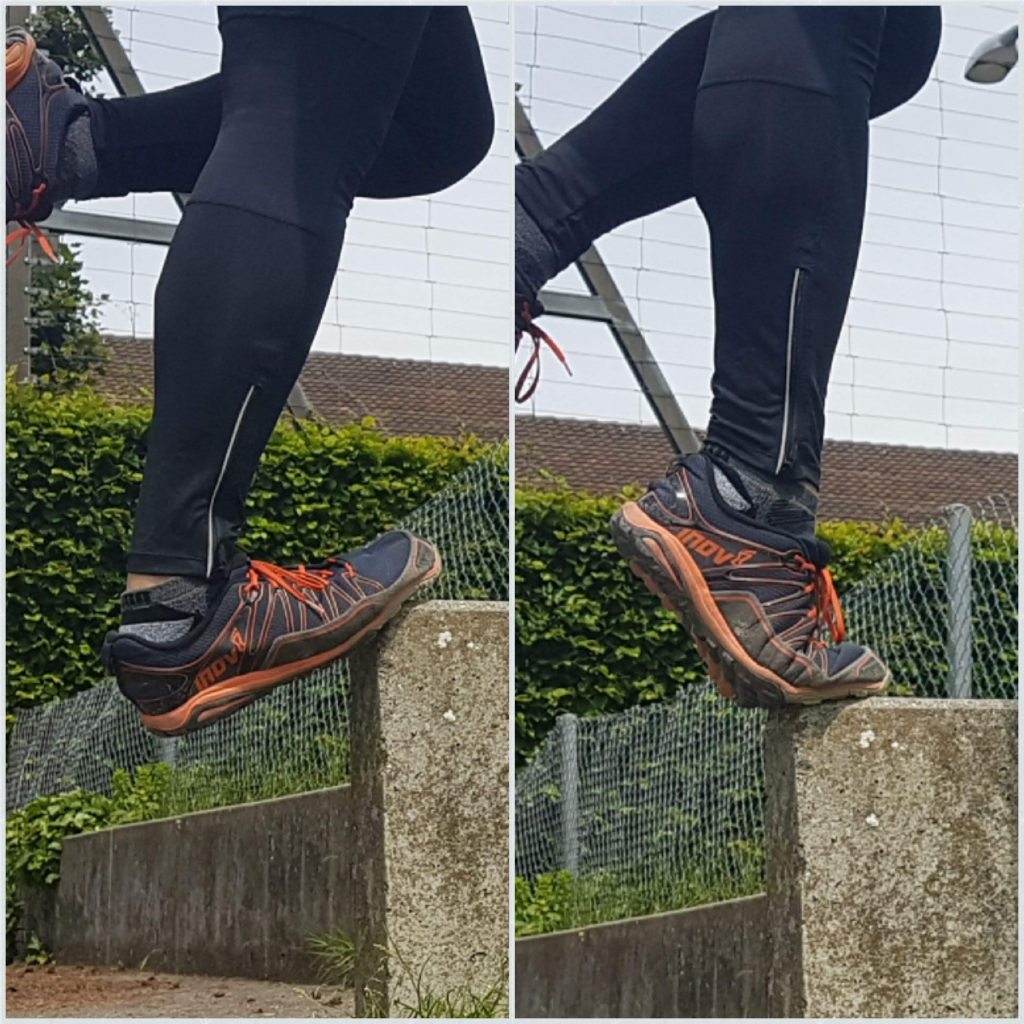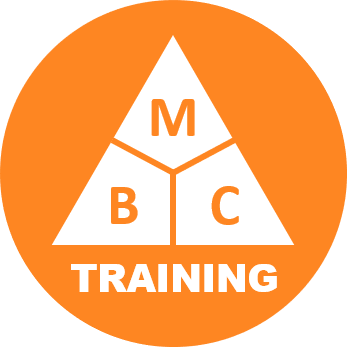First question, why should we even be talking about forefoot running? If you are reading this post I will assume that you already have a basic idea of forefoot striking v. heel striking whilst running. I do not want to go into a huge discussion here about the pros and cons, but rather give a short intro and then onto some tips for how to make the transition.

If you are a heel striker – which most of us are, in societies where we where modern running shoes – and have ever tried running the same way on bare concrete/tarmac/hard ground, you will have experienced that this hurts really rather a lot. You may also have noticed the shockwave travelling up through your knee, and into the spine.
Societies where the modern cushioned running shoe are not used (current and previous cultures), did not run with a heel strike, rather with the forefoot (or “mid-foot”) contacting the ground first. This is also probably how the Romans, Greeks, our ancestors on the savannah would have run, hence the name “natural running”.
So what does this mean? By landing our feet on the forefoot with an extended ankle, we effectively we use the calf muscles as shock absorbers (and springs), the way they are designed to. This means less pressure on all the joints – the ankle, knee, hips and spine.
The evolution of 20th century running shoes with cushioned heels has allowed us to diverge from the style of running we are biomechanically designed for.
With good running shoes there is nothing wrong per se with heel striking but there are certain benefits in the forefoot style of running. That said what are the tips to make the transition:
- Do not buy a “natural running” shoe immediately with little to no cushioning. Better to start with your normal shoes, then slowly transition to a slightly flatter profile (known as heel drop e.g. 15mm to 8mm), but still cushioned.
- Start with intervals e.g. 30s-1min alternating heel and forefoot striking, then slowly extend the duration. Your calves and connective tissue need to build strength and fitness. This can take a 1+ year to get to the same level of running as with heel striking. Think about this for the long term.
- Potentially the most important, is to ensure you warm your calves up before starting to run.

On this last tip, I want to go into some detail as a cautionary note from my own experience. At some point I was jogging during lunchtimes at work, and I thought a slow starting pace would be fine as the warm-up.
I did not realise however, that my calf muscles being cold, were not “springy” as they would have been warmed up; so the shock of landing each step was going through the Achilles tendon more than it should. Over a period of time this led to Achilles tendonitis. Hence the warning, warm up the calves, and avoid this problem.
I will do a seperate post on calf training, which can be used as a basis for the warm up.
There are numerous benefits to transitioning to a forefoot running style, especially in the prevention and solution to running related joint pain. Hopefully these tips will help guide you on your way.

